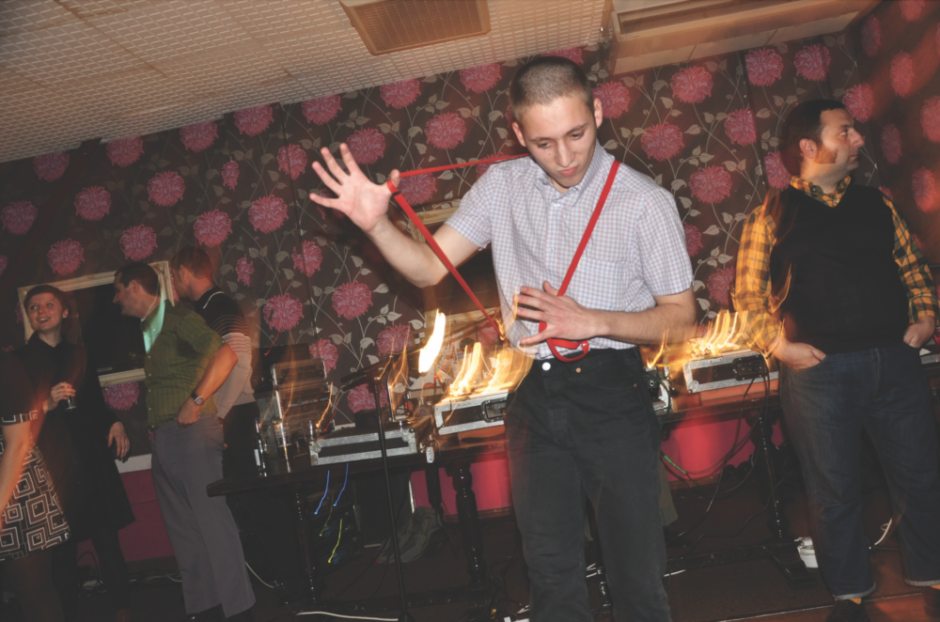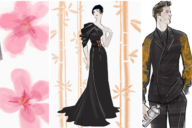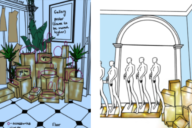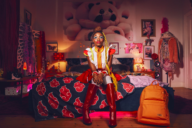“Passing on the baton of style is vital for each and every style tribe”, says photographer Paul Hartnett, who has been tracking the originators and innovators of many a cult since 1976. Away from trending on the cobbles of Somerset House, Mr H talks to Laura Fraser upon his curious shift of focus, from London Fashion Week to skinhead stomping grounds.
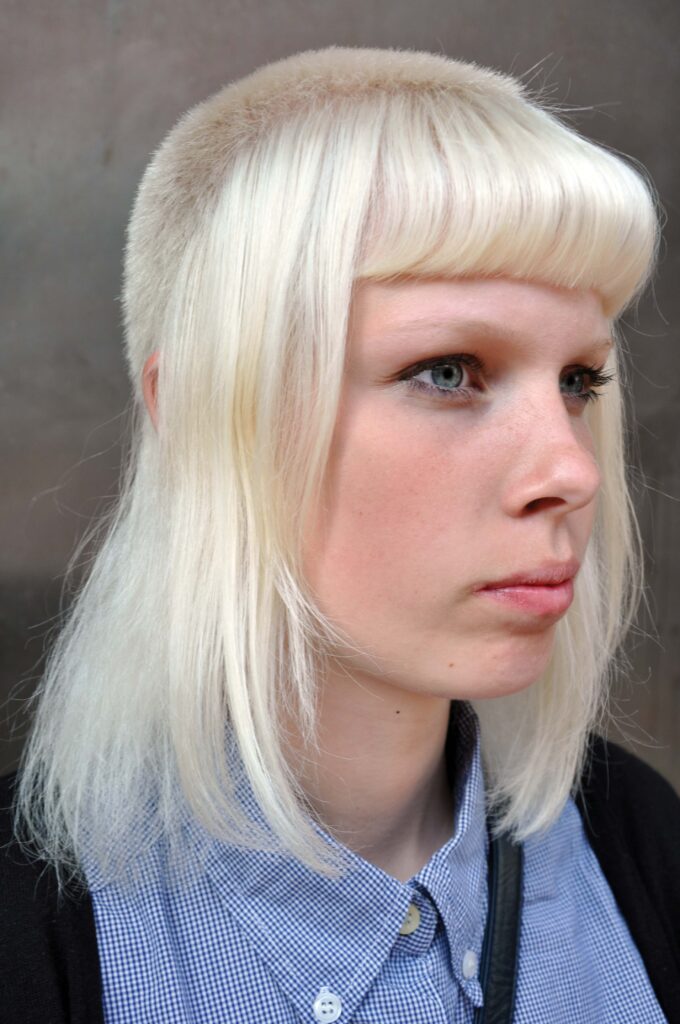
Documenting skinheads at Oi! gigs and events such as Birmingham’s Scorcher is quite different to your usual trending work at industry spectaculars such as London Fashion Week, what’s the appeal?
I find skinhead events such as Brum’s bi-annual Scorcher and Digbeth’s Pressure Drop nite, run by DJ Simon Tipper, really refreshing: raw, real. True skin style is minimal, stripped to basics. It’s more than about being British, being authentic. So much of the style is about links, links to working class youth tribes such as the Peaky Blinders of Digbeth/Cheapside, back in the 1870s, and the Scuttlers of Oldham, again as far back as the late nineteenth century. We’re talking Social History, Fashion History. Today’s ‘chavs’ don’t realise the evolution of their style. When people hear the term ‘skinhead’ they probably just think along the lines of boots, braces, boneheads, a Union Jack T-shirt. Nah, it’s so much more than that in terms of styling. From the donkey jacket, union shirt, clip-on braces and white-steeled toecaps on NBC boots of the 1968-9 first wave, through the years of bouncing soles, sheepskins, tonic suits, shawl collars, Brutus shirts, sta-prest trousers, Harringtons, short straight fly-fronted macs in iridescent colours such as blues, greys, off-whites… there’s such a wealth of style that’s beyond what most people think of the prejudices against this street style.
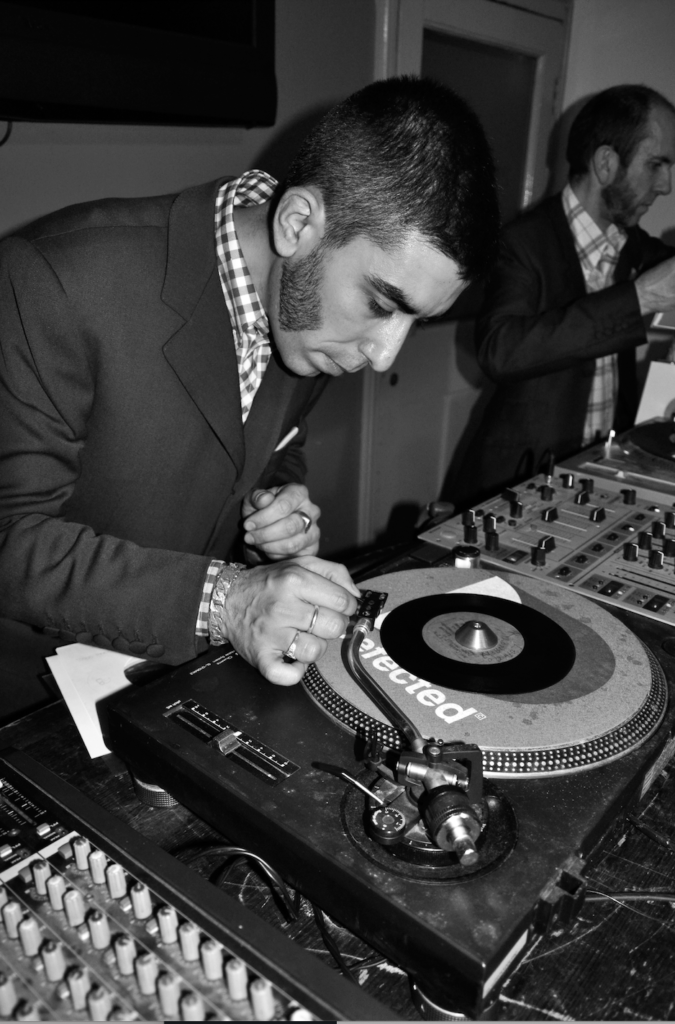
What made you decide to go back to your clubland roots and start pushing with the skinhead project?
Working to a commission is one thing, following your heart is another. I was a skin boy at eleven, back in 1969. Living in West London, that was quite radical. Getting a crop, a tonic suit, Ben Shermans… quite a shock to my family, school and mates at Ealing Swimming Club. I was so into the music, The Pioneers, Maytals, Sound Dimension and Lee Perry. Top Of The Pops was full of novelty pop, and I was more into Bluebeat, Trojan, and bands like Upsetters, The Ethiopeans, U Roy. I recently met up with photographer Gavin Watson, who was kind enough to allow me to buy thirteen amazing hand prints. Gavin is a photographer who has documented so much of British street-style, and this deserves a wider audience. His recent campaigns for Dr. Martens has a real vibe of skin culture, British youth.
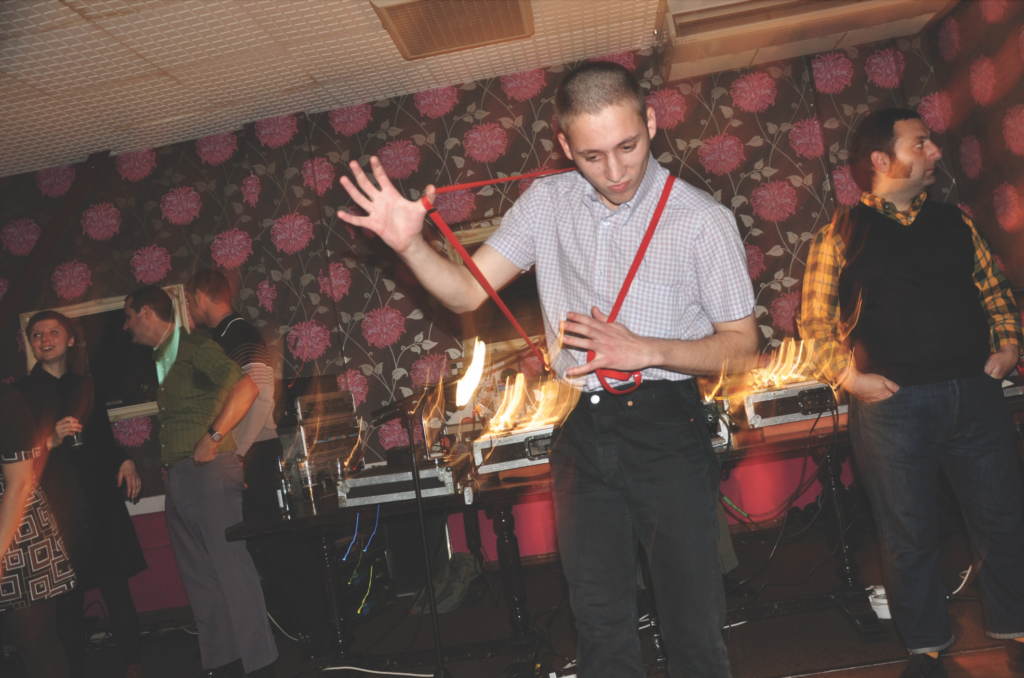
Was it nerve-racking going from the comfort of Somerset House to a sweaty Streetpunk Drunks gig in Wakefield?
It almost felt punk, getting away from so much contrivance, to stripped-down heritage. True skin style is very proud, very direct. What worries me about this cult is that the finer elements might get lost. Whilst DJs such as Jon Farmer, Brian Kelson and Bully have heads like the most amazing archives, my worry is that unless the fine details are grouped, preserved, the true spirit will become diffused by fashion stylists who don’t know their stuff.
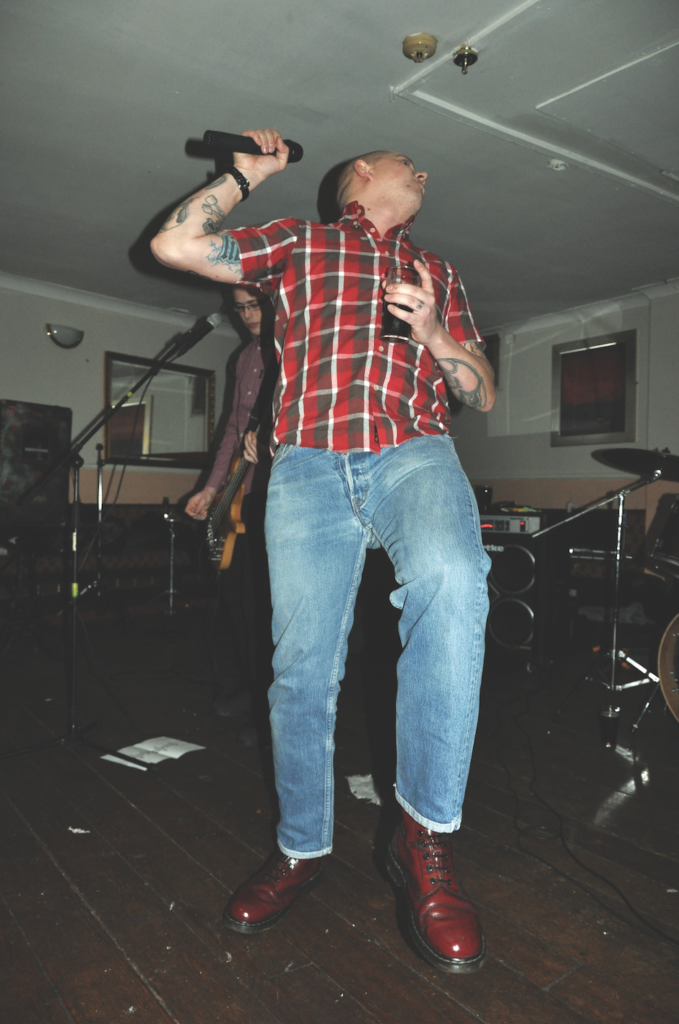
Are there any major differences in the way that you work in such diverse events?
For me, subjects always deserve respect, have rights. I’m not an invasive photographer. There are so many people at events such as Wayne Hemingway’s Vintage Festival who don’t want their style tribe over-documented, as it can attract the wrong attention from copycat zombies in need of a fix. A certain skin style outlet in Camden actually avoids letting the likes of NME know about their Oi! gigs, to avoid having the gigs become too mixed up. That takes courage.
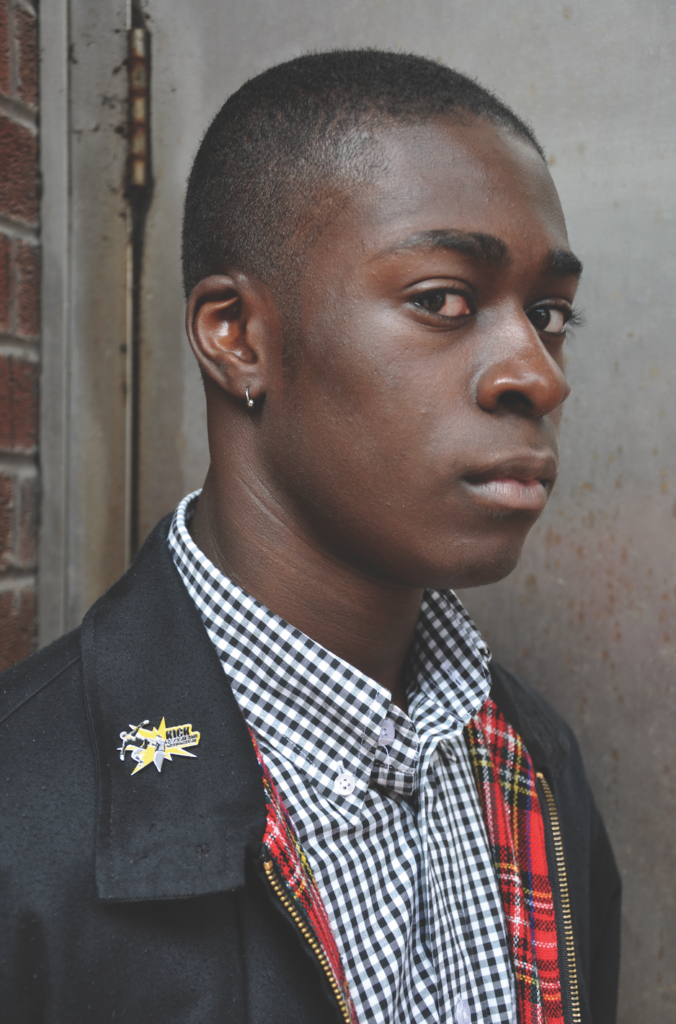
The characters you meet at these gigs and events must be somewhat different to the usual fashion pack, what makes them stand out for you?
I love characters. I mean… Jack Mulhern, for example, what a dancer. He’s twenty, but he’s totally authentic, must’ve seen every piece of vintage footage on You Tube. Then there’s Ralph The Barber from Sheffield, Big Ben The Bin Man from Salford, Billy The Skin from Manchester… all so fastidious about the length of a Crombie coat, the colour combinations, the silhouettes. To see Big Ben dance to ‘Monkey Spanner’ by Dave & Ansel Collins, or hear Ralph’s voice, use of language – just so refreshing after the fakery of so many muddled up within the Fash’ pack. I love it when I encounter somebody who’s passionate about the cut of a fawn suit, with loads of overlapping pocket flaps, or… someone into moonhop astronauts, shetland V-necks, Fair Isle yokes, oxblood Cordovan wing-tip brogues… the details.
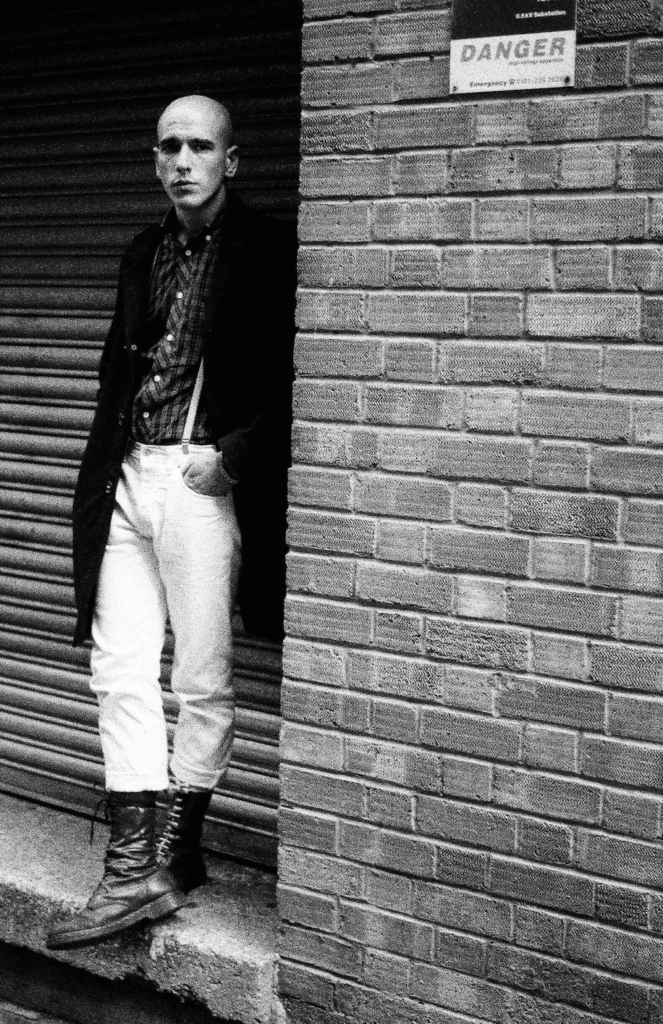
Has anybody or anything caught your eye? Anything irresistible, new and exciting?
As a photographer, I tend to have a muse, whether it’s at a Daniel Lismore Shabba night or an Oi! gig. I love Skinfull, a great band from Coventry. Love the fact that I’m on stage with them at gigs, snapping away. Love that intense close proximity to both the band and audience. Yeah, I do tend to have my favourites, and it’s always the people who are a bit of a mystery who get my interest.
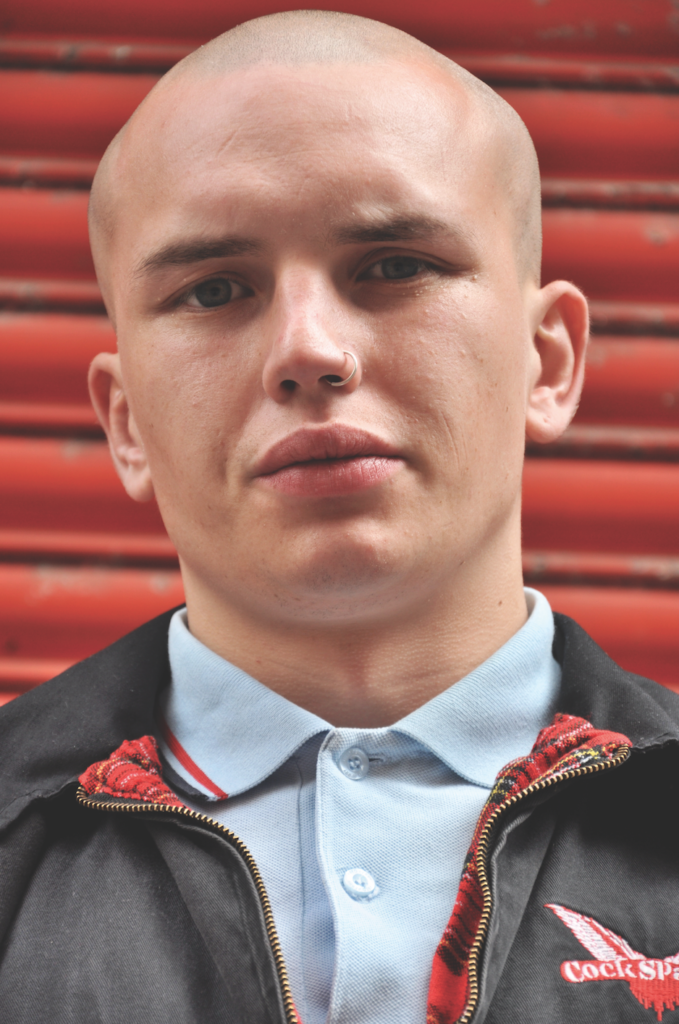
You have always been the leader of the pack when it comes to street and club photography, what do you think is happening at the moment? What should we be excited about?
All I can say is that in terms of exploring subcultures, my Nikon steers me towards Swedish skins, Italian skins, French skins. I love the attention to detail. Japanese skins… it’s the new breed of skins who have the energy and want to get the classic details right. It’s all about a respect for the aspect of heritage.
Photographs: Paul Hartnett
Words: Laura Fraser
This feature originally appeared in Fused Magazine, 2012

